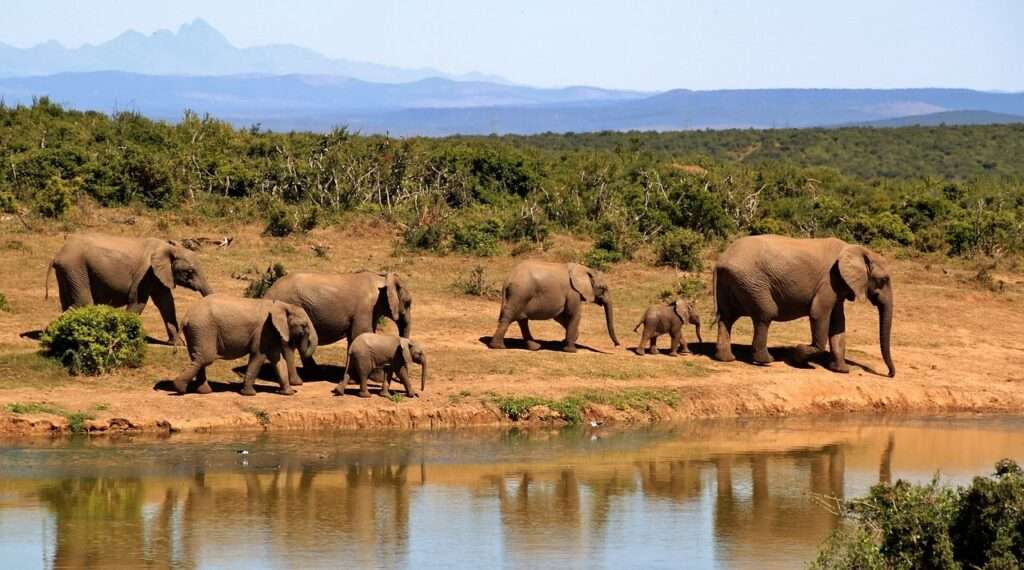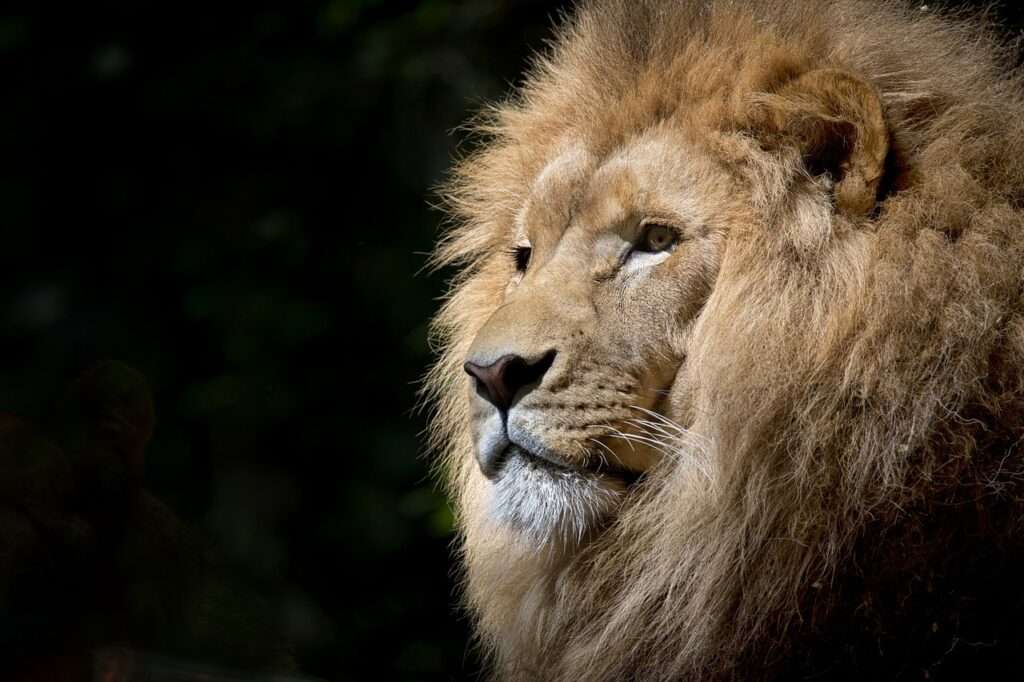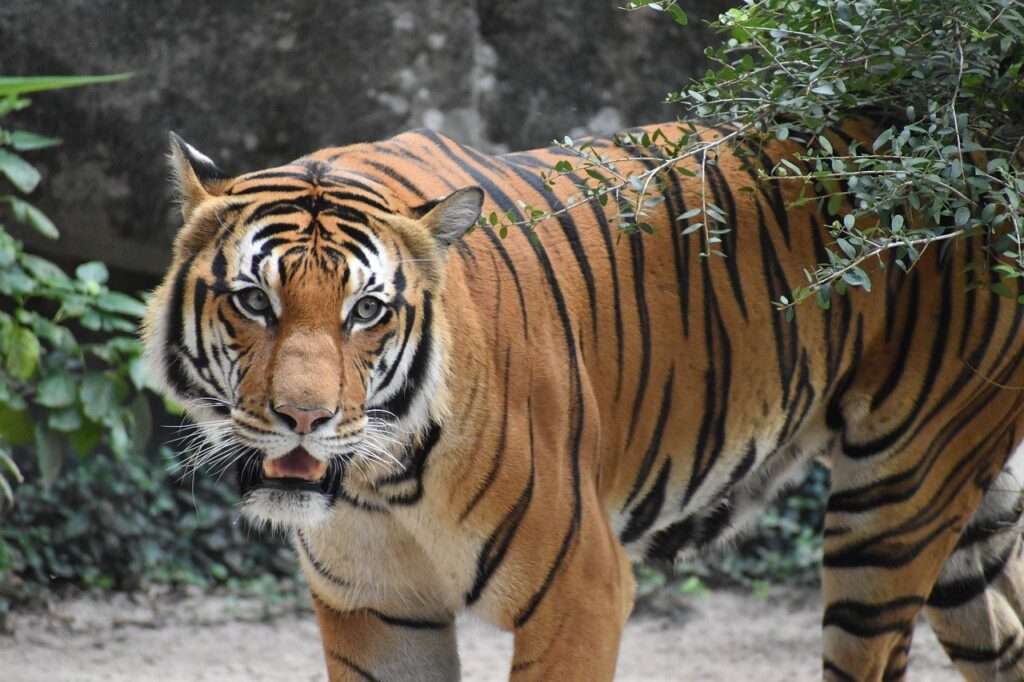In the face of escalating environmental challenges, the efforts to conserve wildlife and preserve biodiversity have become paramount. Wildlife conservation initiatives, propelled by a global understanding of the delicate balance of ecosystems, strive to protect and restore diverse species and their habitats. This article delves into the ongoing endeavors in wildlife conservation, exploring both the successes achieved and the persistent obstacles faced by these crucial initiatives.
1. Success Stories in Wildlife Conservation:
a. Technological Advancements
Technological innovations, such as camera trap systems and GPS tracking, have revolutionized monitoring and research. These tools provide valuable insights into animal behavior, migration patterns, and population dynamics, enabling more targeted and effective conservation strategies.
b. Protected Areas and Reserves

The establishment and effective management of protected areas and wildlife reserves by the governments have proven effective. Parks like Yellowstone in the United States and the Serengeti in Tanzania have become sanctuaries for diverse flora and fauna, allowing populations to thrive in a protected environment.
c. Recovery of the species
Notable success stories include the recovery of endangered species such as the bald eagle, peregrine falcon, and southern white rhinoceros. Conservation efforts, including habitat protection and breeding programs, have contributed to the resurgence of these species from the brink of extinction.
2. Ongoing Challenges in Wildlife Conservation
a. Illegal Wildlife Trade
Despite global efforts, illegal wildlife trade remains a critical challenge. Poaching and trafficking of endangered species for their parts or as exotic pets persist, putting many species at risk. Increasing law enforcement and international cooperation is crucial to combating this illicit trade.
b. Habitat Fragmentation
The expansion of urban areas, agricultural activities, and infrastructure development persistently fragments natural habitats. This represents a substantial menace to wildlife, leading to the isolation of populations, constraining genetic diversity, and creating challenges for species to flourish in their native surroundings.
c. Human-Wildlife Conflict
With the growth of human populations, the conflicts between humans and wildlife intensify. When animals encroach upon human habitats or agricultural lands, it frequently results in retaliatory actions, causing detrimental outcomes for both wildlife and local communities. Discovering sustainable solutions to alleviate these conflicts remains an ongoing challenge.
d. The impact of climate change
The rapid impacts of climate change present a multifaceted challenge to wildlife conservation. Changes in weather patterns, escalating temperatures, and the loss of habitats directly affect ecosystems, compelling species to either adapt or confront extinction. In response to these challenges, conservation strategies must progressively incorporate considerations for climate resilience.

3. Future Directions and Collaborative Solutions
a. Education and Advocacy
Raising awareness and educating the public about the importance of wildlife conservation is crucial. Advocacy efforts can mobilize public support, leading to increased funding, policy changes, and a collective commitment to preserving biodiversity.
b. International Cooperation
Addressing challenges on a global scale necessitates global solutions. It is imperative for countries, organizations, and communities to engage in collaborative efforts, fostering a collective approach to tackle transboundary conservation issues. This collaboration facilitates the sharing of knowledge and the pooling of resources, ultimately contributing to more effective wildlife protection.
c. Sustainable Development Practices
Integrating wildlife conservation into sustainable development practices is imperative. Balancing the needs of both humans and wildlife through responsible land use, eco-friendly tourism, and ethical resource management can foster harmony between people and nature.










